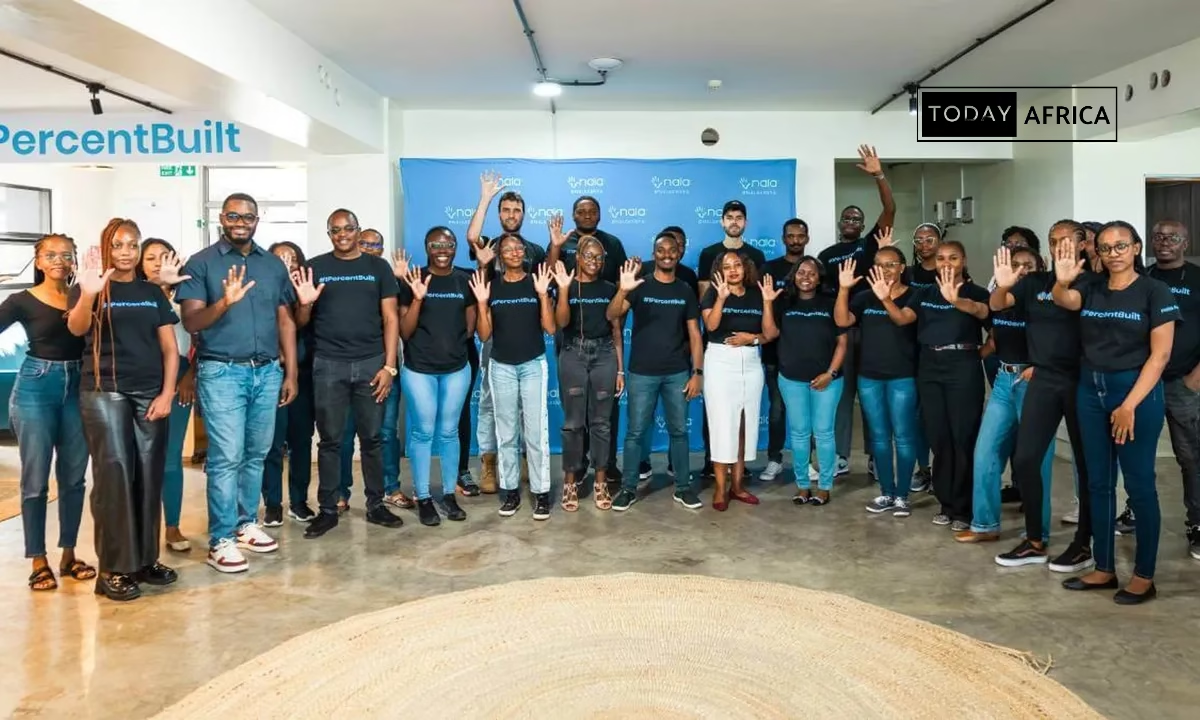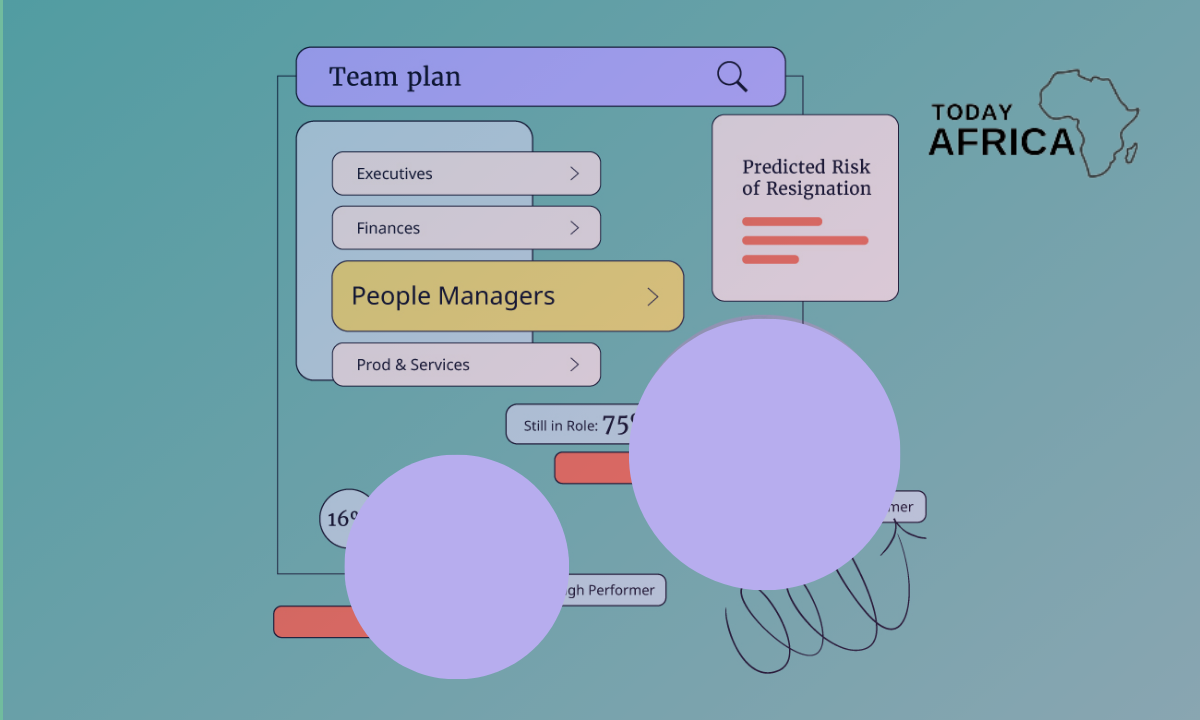Understanding your market and your customers is crucial to your business strategy. However, while market research and customer research are often used interchangeably, they serve distinct purposes and offer unique insights.
So, is market research same as customer research? Well, in this post, we’ll discuss both terms, their similarities, differences, methodologies, and applications.
By the end, you’ll have a clear understanding of how each type of research fits into a business strategy and why both are essential to informed decision-making.
What is Market Research?
Market research is a strategic process of gathering, analyzing, and interpreting information about a market. This includes understanding the market’s current conditions, the size, and segments within it, as well as the competition, economic shifts, and consumer demand.
Primary goals of market research
- Identify market needs: Understand gaps in the market and identify potential opportunities.
- Analyze industry trends: Stay ahead of shifts in consumer behavior and industry patterns.
- Evaluate competition: Assess competitors’ strengths, weaknesses, and strategies.
- Understand regulatory factors: Gain insights into legal and economic factors impacting the market.

What is Customer Research?
Customer research, on the other hand, is the process of studying your customers or potential customers in-depth to understand their needs, behaviors, preferences, and pain points. This research is more focused on building a robust picture of the individual or group you’re selling to, including demographics, motivations, and expectations.
Primary goals of customer research
- Define customer segments: Identify distinct groups within your customer base based on shared characteristics.
- Uncover customer needs and preferences: Find out what drives customer satisfaction and loyalty.
- Map the customer journey: Understand how customers interact with your brand, from awareness to purchase.
- Enhance customer experience: Use insights to tailor your offerings and improve the customer journey.
Key Differences Between Market and Customer Research
While both types of research aim to inform business decisions, they differ in terms of scope, focus, and methodology. Here’s a breakdown of their key distinctions:
| Aspect | Market Research | Customer Research |
|---|---|---|
| Focus | Broader market environment | Individual customers or segments |
| Purpose | Understand market dynamics and competition | Understand customer needs and behaviors |
| Data Collected | Industry trends, competitors, economic factors | Customer preferences, motivations, feedback |
| Scope | Wide – covers entire market | Narrow – focuses on specific customer groups |
| Application | Business strategy, market entry, competitive analysis | Product development, customer experience optimization |
| Data Sources | Market reports, competitor analysis, economic indicators | Surveys, interviews, customer feedback |
In essence, market research gives you a panoramic view of the environment, while customer research offers a zoomed-in lens on your target audience.
Read Also: How to Create a Scalable Business Model
How to Conduct Market Research and Market Research
| Method | Definition | Sources / Methods | Use |
|---|---|---|---|
| Market Research Techniques | |||
| Secondary Research | Gathering existing data from reliable sources | Industry reports, competitor analysis, government data, published articles | Get a baseline understanding of the market without extensive time or resources. |
| Primary Research | Collecting new data directly from sources | Surveys, focus groups, in-depth interviews | Answer specific questions that secondary research can’t address. |
| Competitive Analysis | Examining competitors to understand their strengths, weaknesses, and positioning | Competitor websites, reviews, public financial statements, market reports | Identify differentiators and define your competitive advantage. |
| Trend Analysis | Studying industry trends to predict future directions | Industry publications, news reports, analyst forecasts | Prepare for shifts in consumer behavior, technology, and regulatory factors. |
| Market Segmentation | Dividing the larger market into specific subgroups | Demographic, psychographic, geographic, and behavioral segmentation | Tailor marketing and product strategies for each segment. |
| Customer Research Techniques | |||
| Customer Surveys | Using structured questions to gather insights from a large sample | – | Gather quantitative data on preferences, satisfaction, and expectations. |
| Interviews | Conducting one-on-one conversations with customers to gain deeper insights | – | Explore motivations, pain points, and brand perceptions. |
| Focus Groups | Facilitating discussions among a small group of customers | – | Uncover group dynamics and attitudes towards your brand or products. |
| Behavioral Observation | Watching how customers interact with your product or service | – | Understand actual usage behaviors that may not be reported in surveys. |
| Customer Journey Mapping | Charting the stages a customer goes through with your brand | – | Identify friction points and improve the customer experience. |
| Product Testing | Offering products to customers in exchange for feedback | – | Assess how well a product meets customer needs before a full-scale launch. |
Use Cases for Market Research vs. Customer Research
Understanding when to use each type of research can help align strategies with goals. Here are some common scenarios:

When to use market research
- Entering a new market: When a company plans to expand, market research helps in understanding the viability, competitor landscape, and customer needs within the new market.
- Developing a business strategy: Market research offers a foundation for aligning the business’s direction with industry trends.
- Launching a new product category: For radical innovation or new product lines, market research can reveal gaps in the market and areas of high demand.
- Competitor analysis: Keeping an eye on competitor activities, strengths, and weaknesses helps in refining positioning and marketing strategies.
When to use customer research
- Product development and improvement: Customer research is invaluable when modifying or enhancing products based on direct feedback.
- Improving customer experience: To refine customer touchpoints, customer research provides actionable insights into each step of the customer journey.
- Brand loyalty and retention: Understanding what drives customer loyalty enables businesses to foster long-term relationships.
- Personalized marketing: Customer insights allow brands to tailor messaging and offers to specific segments, increasing engagement and conversion.
The Interplay Between Market and Customer Research
Market and customer research are often seen as complementary pillars within a well-rounded business strategy. While they serve distinct functions, their insights converge to create a holistic understanding of both the market and the people within it.
Example: Launching a new product
A business launching a new product might:
- Use market research to determine the product’s potential in the broader market, including competitive positioning and industry trends.
- Use customer research to refine the product’s features based on direct input from target customers, ensuring it meets specific needs and preferences.
Example: Expansion into new markets
When expanding, a business could:
- Leverage market research to understand economic factors, competitor presence, and regulatory requirements in the new market.
- Conduct customer research within that region to tailor products, services, and messaging to local preferences and cultural norms.
In both scenarios, market and customer research provide valuable insights that inform different aspects of strategy and execution.
Read Also: Why Market Research is Key to Growing Your Business
Conclusion
While market research and customer research might seem similar, they cater to different business needs. Market research provides a broader understanding of the environment in which a business operates. While customer research delves into the mindsets, preferences, and pain points of individual customers or groups.
For a comprehensive business strategy, both are essential. Market research helps businesses stay competitive and responsive to industry trends. Whereas customer research ensures that the product or service remains relevant and compelling to the target audience.
By combining both, businesses gain the depth and breadth needed to make well-rounded, informed decisions that resonate in the market and satisfy their customers.
Comment and follow us on social media for more tips:
- Facebook: Today Africa
- Instagram: Today Africa
- Twitter: Today Africa
- LinkedIn: Today Africa
- YouTube: Today Africa Studio
















